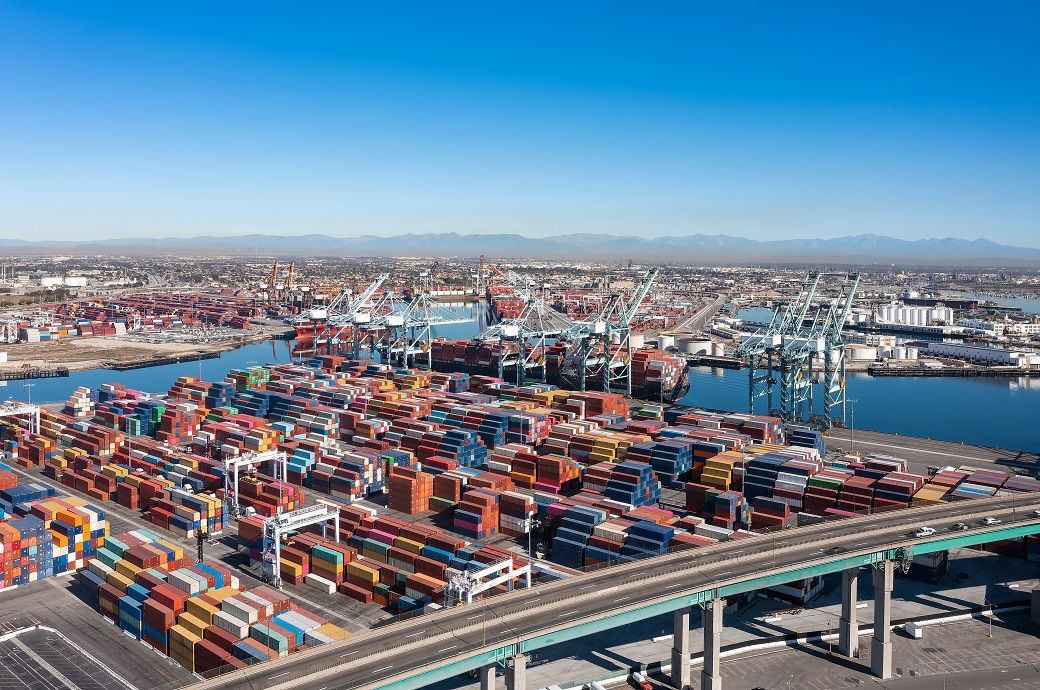
“The tariff situation remains highly fluid, and retailers are working hard to stock up for the holiday season before the various tariffs that have been announced and paused actually take effect,” said Jonathan Gold vice president for supply chain and customs policy at NRF. “Retailers have brought in as much merchandise as possible ahead of the reciprocal tariffs taking effect, and the latest extension to August 1 is greatly appreciated.”
“Nonetheless, uncertainty over tariffs makes it increasingly difficult for retailers to plan, especially small businesses that have no capacity to absorb tariffs. Tariffs are paid by US companies, not foreign countries or businesses, and ultimately drive-up prices for American families while impacting the availability of products,” added Gold. “It is vital for the administration to finalise negotiations with our trading partners and provide stability and certainty for US retailers.”
The report stated that US President Trump recently signed an executive order delaying ‘reciprocal’ tariff until August 1 but also announced tariffs of up to 50 per cent on more than a dozen countries. The President indicated that he would send out additional letters to other countries. There are also questions about what happens with tariffs on China in August even though a deal was recently concluded.
“A flurry of tariff-related announcements from the Trump administration has only served to further increase supply chain uncertainty,” said Ben Hackett, founder of Hackett Associates. “The global supply chain functions best in a trade environment that is smooth and predictable. Instead, it has been forced to contend with erratic policies and geopolitical volatility.”
US ports covered by Global Port Tracker handled 1.95 million twenty-foot equivalent units (TEU)—one 20-foot container or its equivalent—in May, the latest month for which final data is available. That was down a sharp 11.8 per cent from April and down 6.4 per cent YoY. It was also the first YoY decline since September 2023 and the lowest volume since 1.93 million TEU in May 2024.
Ports have not yet reported numbers for June, but Global Port Tracker projected the month at 2.06 million TEU, up 5.9 per cent from May but down 3.7 per cent year over year. July is forecast at 2.36 million TEU, up 2.1 per cent year over year; August at 2.08 million TEU, down 10.4 per cent year over year, and September at 1.82 million TEU, down 19.9 per cent year over year for the lowest monthly total since 1.87 million TEU in December 2023.
October is forecast at 1.81 million TEU, down 19.2 per cent year over year, and November at 1.7 million TEU, down 21.3 per cent for the lowest total since 1.78 million TEU in April 2023. While the falling aggregative totals in August through November are related to tariffs, the large YoY percentage declines are partly because imports in late 2024 were elevated due to concerns about East Coast and Gulf Coast port strikes.
The current forecast would bring the first half of 2025 to 12.63 million TEU, up 4.5 per cent YoY. That’s better than the 12.54 million TEU forecast last month, but still below the 12.78 million TEU forecast earlier this year before the April tariffs announcement, added the report.
ALCHEMPro News Desk (SG)
Receive daily prices and market insights straight to your inbox. Subscribe to AlchemPro Weekly!